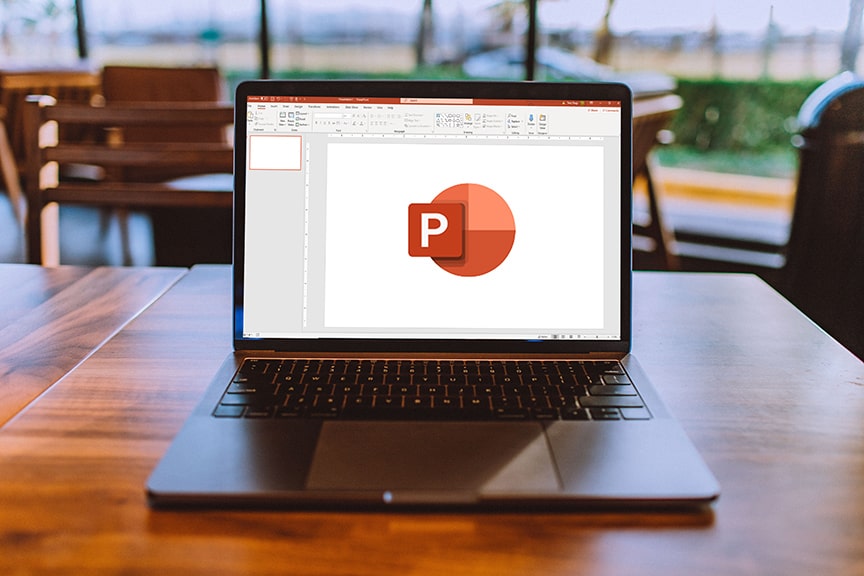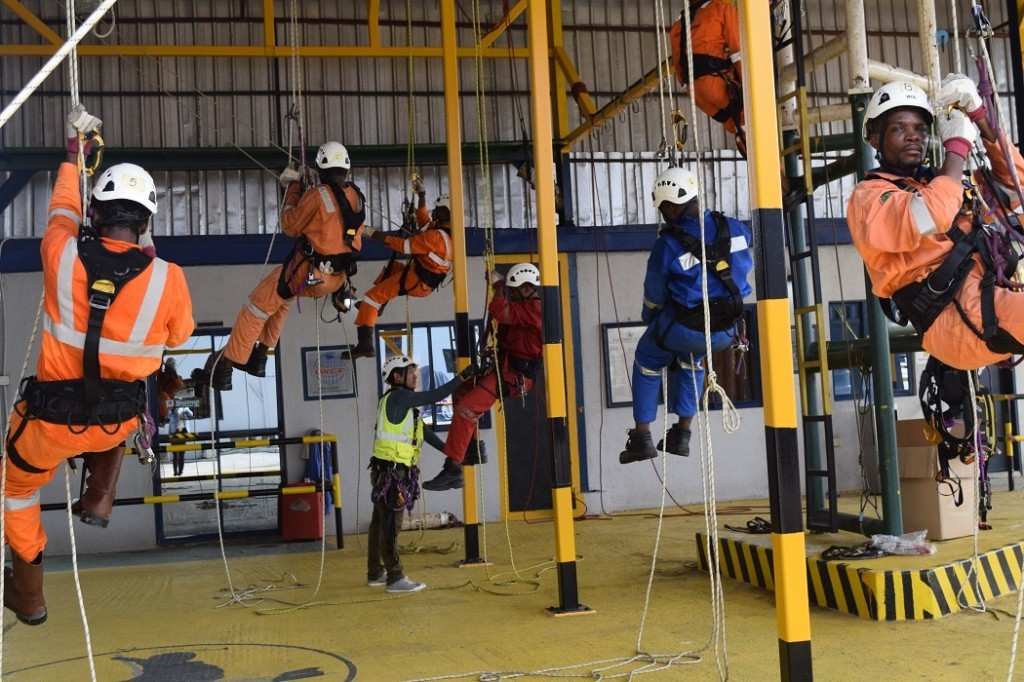Using PowerPoint Presentation to Drive Effective Health Awareness Campaigns

Health awareness campaigns play a vital role in educating communities and inspiring behavioural change. Among the many tools available, presentations have become one of the most effective ways to reach a wide audience. When learning design techniques through powerpoint cursos, individuals can create impactful visual content that makes information both accessible and memorable. This blog explores how presentations can elevate health campaigns by combining clarity, creativity, and connection.
The Role of Visual Storytelling in Health Education
Visuals help transform complex health information into content that is easy to absorb. For example, charts can highlight rising trends in lifestyle diseases, while infographics can illustrate steps for preventive care. Storytelling through images and key phrases ensures that messages resonate emotionally as well as intellectually. Health campaigns thrive when facts are combined with stories that inspire trust, empathy, and action.
Making Campaigns Accessible to Diverse Audiences
Health information must be inclusive, reaching people of all literacy levels and backgrounds. PowerPoint slides allow the integration of simple icons, multilingual captions, and voice-over narrations, making campaigns more accessible. When crafted thoughtfully, presentations break down barriers and ensure that essential health messages reach underserved populations who may not engage with lengthy text-based resources.
Enhancing Engagement through Interactivity
Interactive presentations go beyond static slides. Features such as clickable elements, embedded quizzes, or short video clips transform an ordinary slide deck into a participatory experience. For health campaigns, this interactivity can be the difference between passive viewing and active learning. Engaged audiences are more likely to retain key facts about vaccination drives, mental health practices, or nutrition guidance.
Bridging the Gap between Professionals and Communities
Healthcare professionals often face challenges in explaining medical issues to non-specialist audiences. Presentations can bridge this gap by simplifying jargon, illustrating procedures, and providing step-by-step guidance. For instance, a presentation on hand hygiene can visually demonstrate the correct method of washing hands, making the lesson more relatable and memorable than verbal instructions alone.
Building Credibility and Consistency
Campaigns require consistency in message delivery. A well-structured presentation ensures that health educators communicate the same information across different sessions and groups. This consistency builds credibility, helping communities trust the message. Furthermore, campaigns supported by clear slides can be easily adapted for schools, workplaces, or community centres, maximising outreach without losing quality.
Encouraging Behavioural Change with Practical Guidance
Health awareness is not just about sharing facts; it is about encouraging people to act on them. Presentations allow campaigners to highlight practical steps—such as exercise routines, dietary adjustments, or screening schedules—in an easy-to-follow format. Including checklists or daily habit trackers on slides provides audiences with tools they can apply immediately in their lives.
Leveraging Digital Reach for Wider Impact
Modern campaigns are no longer confined to physical gatherings. Slide decks can be shared online, integrated into webinars, or adapted into social media snippets. This digital flexibility means a single presentation can reach thousands of people across regions. For health organisations with limited resources, this ability to scale awareness efforts is both cost-effective and impactful.
Training Community Leaders for Sustainable Campaigns
One of the strongest benefits of using presentations is that they can be replicated and reused by local community leaders, teachers, and volunteers. When these leaders are trained to use effective slides, they can continue spreading awareness even without constant support from central organisations. In this way, presentations help build long-term sustainability for campaigns.
Conclusion
PowerPoint presentations have become indispensable for health awareness campaigns, offering a balance of clarity, creativity, and scalability. They transform complex medical information into accessible, memorable messages that inspire people to take action. Whether used in schools, workplaces, or online platforms, presentations empower educators to connect deeply with their audience. By integrating thoughtful design and storytelling, health campaigns can truly make a lasting difference.




